
Vendanges Tardives
Domaine de Souch, Jurançon, France
We catch up with the team at Domaine de Souch, who were instrumental in inspiring our founder Frederic Grappe to go out on his own and set up Dynamic Vines. Needless to say that Yvonne and her dedicated team hold a special place in Fred’s heart. So, we’re really pleased that the time of year has come around to showcase Yvonne’s sweet wines.
But her latest release is extra special, as it marks the release of the 2017 Vendanges Tardives, made only in exceptional years when the conditions are absolutely perfect. It was after a trip made by Fred and Pauline back in 2018 that they noticed that the 2017 Vendanges Tardives had an exceptional profile that was different from the previous vintages of this cuvée. And so, the idea of creating a special label to mark it apart was born—adorned with a beautiful painting and accompanying poem that was designed by the late Paul Mirat, a painter, poet and musician from Pau (1885-1966), who painted historical figures of Béarn, the cultural and historical region of Pau in the Jurançon.
The label depicts King Henri IV, King of Béarn, sitting at the table feasting with his subjects, sharing Poule au Pot, which as legend tells, the previous King would never have done. The painting is very French since we are talking about food and wine at the table. And so, the story goes that he was a kind and generous man who was baptized by his grandfather by having his lips rubbed with a clove of garlic then a drop of Jurançon to represent the bad and good moments of life to come.
We learn more about these outstanding wines and what it is that makes Domaine de Souch so unique.
These special limited-edition bottles are only made in the best vintages? What is it that makes the 2017 vintage so special?
We only produce our Vendanges Tardives in years when the climatic conditions lead to an exceptional concentration of sugars and aromas. These are vintages where the beginning of autumn is very mild, often temperatures of 25 °C until the beginning of November, and dry, while it rains a lot in the region the rest of the year! With hot winds from the south and from the mountains - what is known as a Foehn effect* that we call the "Balaguèr Wind. This makes the passerillage* more intense and faster than in normal years. As autumn is generally mild here, but it is even more so in these years. Therefore, the harvest is earlier for all our sweet wines - from the beginning of November, whereas in a "normal" year, we might have to wait until December for this to happen.
The vines are grown on a small, very particular piece of terroir called La Palombière - also the most beautiful in the Domaine. It has red clay soils that are more restrictive for the vine than other soils in Souch. Each year this plot produces more concentrated clusters than the rest of the vineyard.
When all these elements come together, we have more concentrated sugars, but above all, we get particular aromas that are exotic and candied, which gives the signature style of the Vendanges Tardives. And so we take advantage of this little gift of the climate and the soil of Souch! 2017 was, thus, a warmer and sunny year from the spring, like 2007, 2011 and 2014, and summer 2020 is in the making!
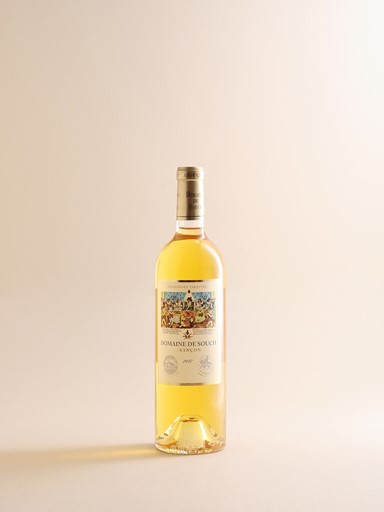
"We get particular aromas that are exotic and candied, which gives the signature style of the Vendanges Tardives."
What is done in the cellar, and how long can you age these wines?
Nothing more is done in the cellar except for ageing the wines for 18 months, which is an obligation of the appellation that includes 12 months in barrels. The ageing process helps to bring even more roundness and prepares the wine for ageing. These wines can be forgotten for 20 to 25 years without worry.
What is unique about the terroir at Domaine de Souch, and what influence does it have on the wines?
The terroir in Domaine de Souch is clayey-silty on a limestone subsoil. The eastern part of the appellation, in Laroin, is even more clayey. Then each plot has its unique attributes and a unique band of red clay that goes across the Domaine. The red clay soils are cooler, which slows down maturity and keeps the aromas more exotic than candied. But above all, it helps to preserve freshness, and a beautiful acidity, bringing balance and making them great food wines.
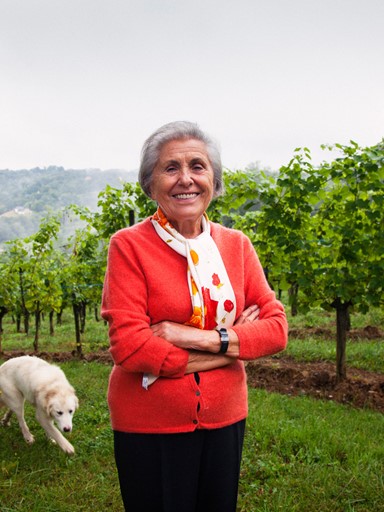
As Yvonne says, "these wines should not take you to bed; they should take you dancing!"
How do you make Moelleux wine?
In the Jurançon (it is different from other appellations), the concentration is done by passerillage*. Therefore, by "evaporation", we obtain sweeter grapes than those harvested for the dry wines.
The vital point in the vinification of sweet wines, which we pay great attention to here at Souch: is this point of balance between the natural sugars remaining in the wine and the alcohol produced by fermentation and the acidity. Neither one has more importance than the other. The aim is always to have elegant and digestible wines. We test the sugar levels and acidity from the very beginning of fermentation, but the best method to judge when the right time to stop fermentation is to taste the wines every day.
If it was left to stop on its own, it would bring more 'alcohol, less sugar, and therefore a totally different, hotter and more alcoholic balance that we don't want. We take great care to preserve the purity and the authenticity of the aromas that our terroir gives us.
To stop fermentation, we combine racking (to remove as much yeast as possible from the bottom of the tank or barrel) and rapid cooling, reducing the yeast activity to zero. Then after 24 hours, and a second racking, we keep it cold and only add a minimal dose of sulphites to stop the fermentation completely. This dose of sulphites is 4 to 5 times less than what we would have to use if we didn't combine all of the elements mentioned above.
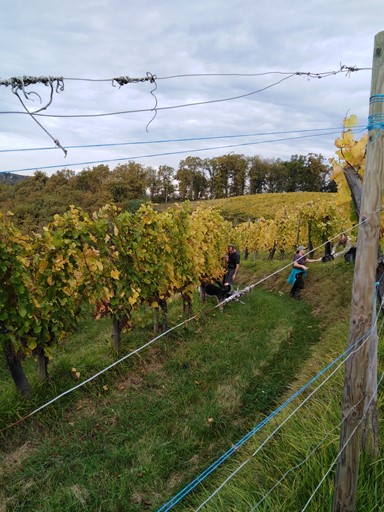
"The aim is always to have elegant and digestible wines."
What are the stories behind the names: "Monplaisir", "Marie Kattalin", and "Félix & Catherine"?
For Monplaisir, it's a geographic question. When we started this cuvée in 2016, Jean René Hegoburu, Yvonne's son wanted a name that was linked to Souch. To signify that it was indeed a wine from the Domaine, even if it was slightly different and more modern in style. Monplaisir is the name of the area at the end of the hill. It is also a rough pun on what we hope wine drinkers will find in these wines, designed to be enjoyed with less age, for immediate pleasure!
The other cuvées are dedicated to people who matter or have counted to Jean René and Yvonne. Marie Kattalin is the full name of their daughter and granddaughter, born in the early years of the Domaine's history. Félix and Catherine are Yvonne's aunt and uncle who made her feel very welcome as a child and have always meant a lot to her.
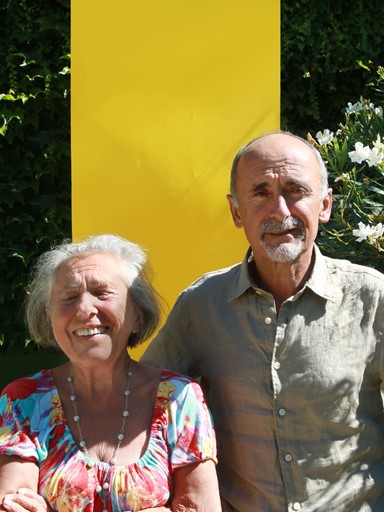
"A slightly different and more modern style of sweet wine."
What can you teach us about Gros Manseng and Petit Manseng?
The most interesting thing to note is that they are among the few grape varieties in the world to be sufficiently well associated and identified with their terroir and climate to produce such great and interesting dry wines, sweet wine, and syrupy ones all in the same region.
Although bearing almost the same name, they are very different: more discreet but just as essential is the Gros Manseng - the base grape variety of all dry and sweet wines. The Petit Manseng - a brilliant soloist in sweet wines, is more exuberant and brings complexity to the blend.
What role does Biodynamics play for you as a winemaker, and what effect does it have on the wine?
The terroir was recognized as a unique piece of land in the 17th century, and in 1995 Yvonne converted the Domaine from organic to biodynamic farming. The main wish for Yvonne and Jean René has always been to preserve the land. The land has always been a special place for the family, long before becoming a domain again.
Biodynamics helps to balance the vines, therefore giving you a more balanced wine as a whole. Biodynamics is kind to the soil, and it supports the vine's immunity to defend itself.
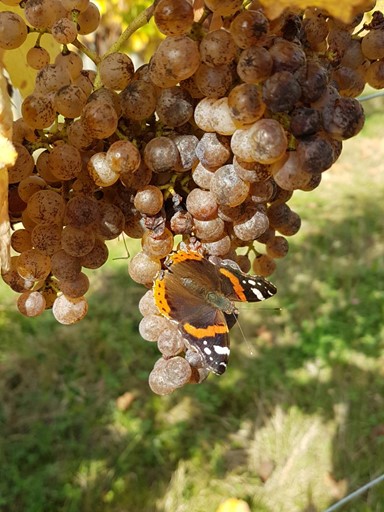
"As Yvonnes says, Biodynamics makes happy grapes, which is reflected in the quality of the wines."
If you could deliver a message to the people who drink your wines across the world, what would it be?
Keep drinking it and sharing it! But above all, these wines being the strict reflection of the place where they were born, come see us, and you'll soon realize it.
What would be your favourite food and wine pairings?
Monplaisir: Fruit salad (melon, peach, exotic fruits), roast poultry, a fine dry local ham, a young hard cheese, a Basque cake. Really perfect with melon and ham.
Domaine de Souch: A little the same as above, but my favourite would be roast chicken! Otherwise, foie gras, a blanquette of veal, exotic cuisine (with ginger, lemongrass), a little sheep's cheese more on the ripe side, or a young blue, desserts with exotic fruits.
Marie Kattalin and Vendanges Tardives: Roasted and creamed poultry, a 7-hour leg of lamb, a stronger blue such as Roquefort, Fourme d'Ambert or Stilton. A pineapple Tarte Tatin would be delicious!
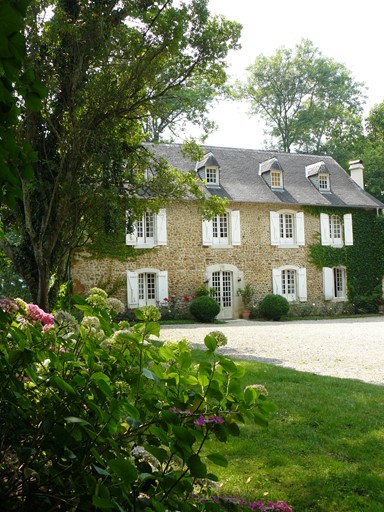
*Foehn effect, in simple terms, is a change from wet and cold conditions on one side of a mountain to warmer and drier conditions on the other (leeward) side.
*Passerillage is the process whereby the winemaker leaves the grapes on the vine past normal harvest to dry up and concentrate their flavours.
Words by Sarah Jones






